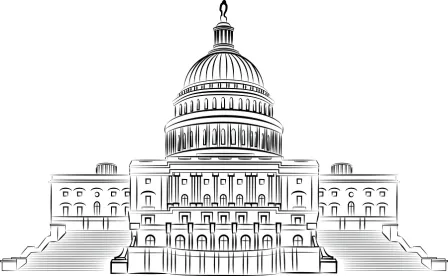With Democrats having slight majorities in the House and Senate and Joe Biden in the White House, the Congressional Review Act (CRA) becomes an available tool to potentially vacate certain regulations that the outgoing Trump administration recently promulgated. Only regulations promulgated during the last 60 legislative days of the immediate past session of Congress are eligible for CRA consideration. The CRA was enacted to provide additional congressional oversight on an outgoing administration and its late-stage, so-called “midnight” regulations. While it has existed for almost 25 years, this “check and balance” tool has been used relatively sparingly.
For a regulation to be vacated using the CRA, a resolution needs to pass by a simple majority of both the House and Senate and then be signed into law by the president. If a regulation is eliminated via the CRA, a similar regulation may not be proposed in the future unless specifically permitted by Congress. Many of the Trump-era health care regulations that Democrats likely would want to vacate, such as those pertaining to the Affordable Care Act, were promulgated outside the 60-day legislative window and therefore will need to be addressed through the standard Department of Health and Human Services (HHS) regulatory process.
An analysis by Faegre Drinker Consulting identified a total of 28 regulations of relevance to health care stakeholders within the jurisdiction of the HHS — 17 within the Centers for Medicare and Medicaid Services (CMS) and 11 outside of CMS and elsewhere in the Department. We have compiled a full inventory of the regulations in this downloadable document.
With respect to recently promulgated health care regulations as well as those promulgated outside the window, it is expected that the incoming Biden administration will look very closely at each of them and determine what to keep, what to change and what to scrap. Any changes by HHS will require formal public notice and comment processes, which takes more time but will allow for full review and consideration of stakeholder views. To successfully use the CRA, Democrats likely will have to be very targeted in any CRA action to achieve unanimity of the caucus or otherwise secure support from some Republicans. With tight majorities in both chambers and many legislative priorities to tackle, most health care regulatory changes are likely to come through the executive branch rather than through CRA action.
However, there may be a few regulations that Congress may seek to eliminate via CRA action. You can learn more about the CRA from the Congressional Research Service’s recently published overview. A recent article featuring Ilisa Halpern Paul, coauthor, is also accessible through Bloomberg Law.






 />i
/>i

